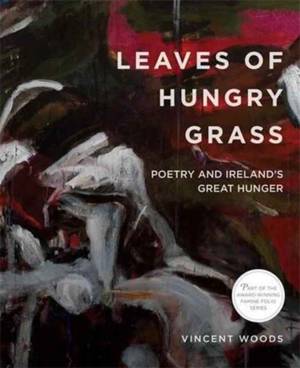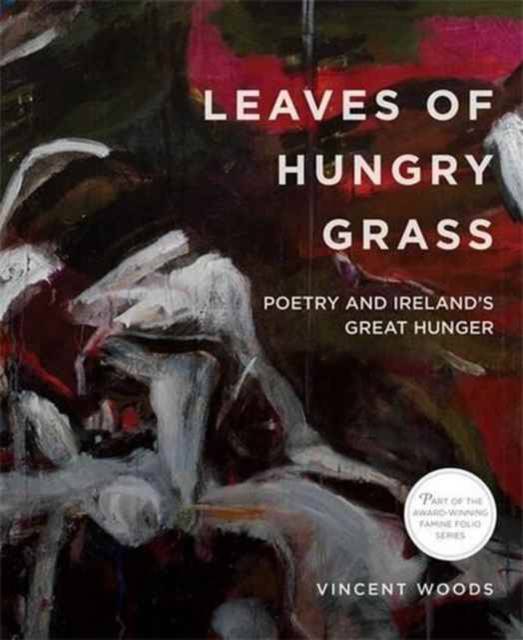
- Afhalen na 1 uur in een winkel met voorraad
- Gratis thuislevering in België vanaf € 30
- Ruim aanbod met 7 miljoen producten
- Afhalen na 1 uur in een winkel met voorraad
- Gratis thuislevering in België vanaf € 30
- Ruim aanbod met 7 miljoen producten
Zoeken
Omschrijving
Taking poetry as an act of witness and restorative memory, this essay traces the development of poems relating to Ireland's Great Hunger from the mid-nineteenth century to the present day. An international landscape of connected experience emerges through the work of Eavan Boland, Alan Shapiro, Patrick Kavanagh, Seamus Heaney, Paul Celan and many poets in Ireland, the U.S., Germany and Australia.
In examining a world of poetry, the connections and parallels to contemporary famines and migrations become clear, and the response of Irish poets to famine in other countries is acknowledged. Vincent Woods shows how the post-Famine diaspora influenced the work of Emily Dickinson and Walt Whitman; and in presenting new work by Eilean Ni Chuilleanain and Miriam de Burca, argues that the creative response to the Irish Famine is ongoing and vital.
Ireland's Great Hunger Museum at Quinnipiac University publishes Famine Folios, a unique resource for students, scholars and researchers, as well as general readers, covering many aspects of the Famine in Ireland from 1845-1852 - the worst demographic catastrophe of nineteenth-century Europe. The essays are interdisciplinary in nature, and make available new research in Famine studies by internationally established scholars in history, art history, cultural theory, philosophy, media history, political economy, literature and music.
In examining a world of poetry, the connections and parallels to contemporary famines and migrations become clear, and the response of Irish poets to famine in other countries is acknowledged. Vincent Woods shows how the post-Famine diaspora influenced the work of Emily Dickinson and Walt Whitman; and in presenting new work by Eilean Ni Chuilleanain and Miriam de Burca, argues that the creative response to the Irish Famine is ongoing and vital.
Ireland's Great Hunger Museum at Quinnipiac University publishes Famine Folios, a unique resource for students, scholars and researchers, as well as general readers, covering many aspects of the Famine in Ireland from 1845-1852 - the worst demographic catastrophe of nineteenth-century Europe. The essays are interdisciplinary in nature, and make available new research in Famine studies by internationally established scholars in history, art history, cultural theory, philosophy, media history, political economy, literature and music.
Specificaties
Betrokkenen
- Auteur(s):
- Uitgeverij:
Inhoud
- Aantal bladzijden:
- 52
- Taal:
- Engels
- Reeks:
Eigenschappen
- Productcode (EAN):
- 9780997837445
- Verschijningsdatum:
- 11/11/2016
- Uitvoering:
- Paperback
- Formaat:
- Trade paperback (VS)
- Afmetingen:
- 226 mm x 274 mm
- Gewicht:
- 294 g

Alleen bij Standaard Boekhandel
+ 41 punten op je klantenkaart van Standaard Boekhandel
Beoordelingen
We publiceren alleen reviews die voldoen aan de voorwaarden voor reviews. Bekijk onze voorwaarden voor reviews.











